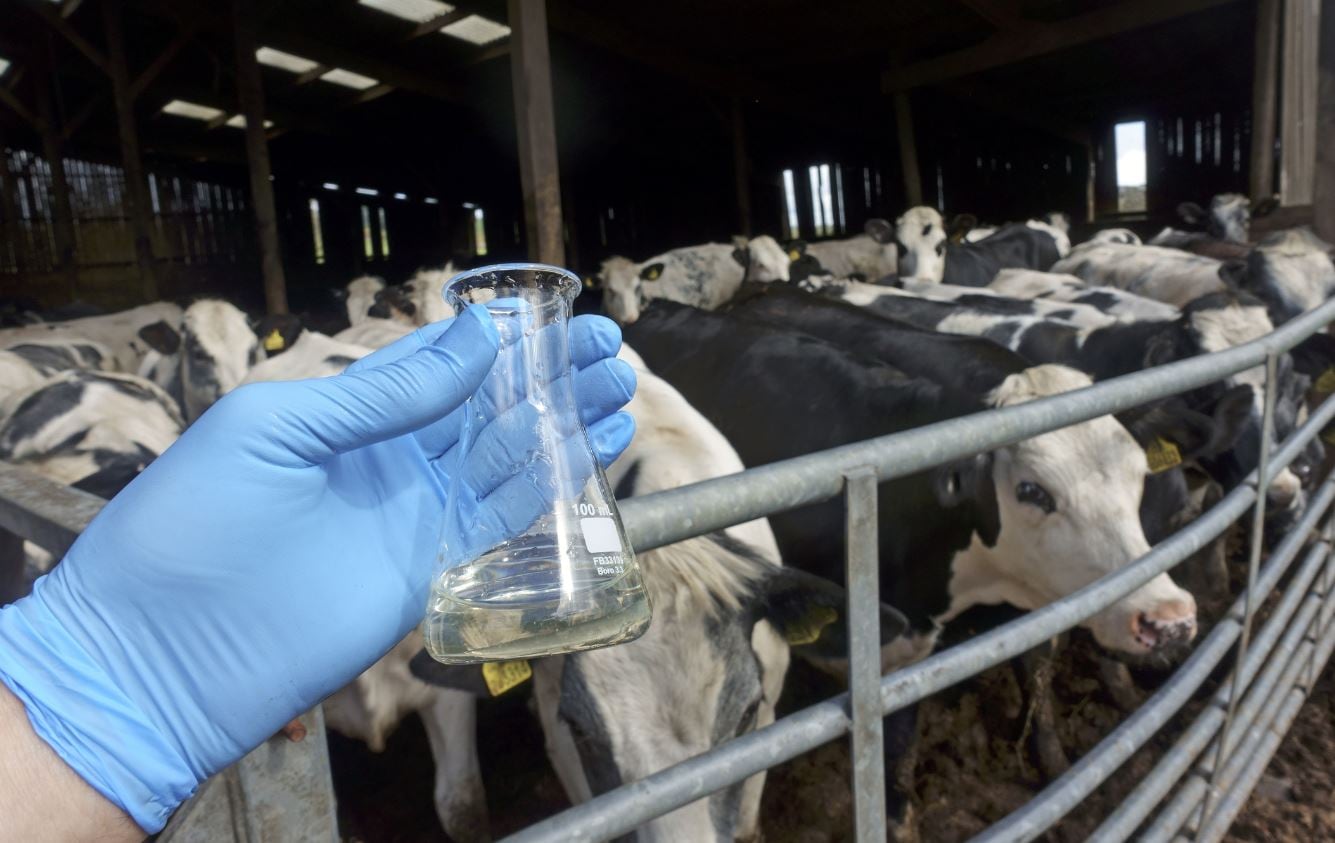Antimicrobial resistance (AMR) is a big problem in the EU.
A number of bacteria are resistant to a range of key antibiotics, surveillance data from the European Food Safety Authority (EFSA) and the European Centre for Disease Prevention and Control (ECDC) has found. This is affecting both humans and animals.
According to the report, bacteria were resistant to antibiotics such as ampicillin, tetracyclines, and sulfonamides.
These include foodborne diseases such as campylobacter and salmonella.
Animals, on the other hand, have been found to be resistant to E. Coli.
How significant is the problem?
The problem is not only significant but increasing substantially. Over half of European countries that submitted data has found resistance to the antibiotic ciprofloxacin, which is crucial to the treatment of both salmonella and campylobacter.
Resistance to the antibiotic was found especially in Salmonella Enteritidis and Campylobacter jejuni from humans in these countries.
The World Health Organisation lists salmonella resistance to fluoroquinolone, the type of antibiotic ciprofloxacin is, as a high priority.
The good news is that resistance of salmonella and campylobacter to other antibiotic used commonly in human medicine is low for both humans and animals.
Nevertheless, certain other strains of antimicrobial-resistant bacteria have been detected. Resistance to the antimicrobial carbapenem has recently been detected in strains of E. coli, found in both food and animals.
Another carbapenem-resistant bacteria, enterobacterales, is already recognised as a threat to public health, so this must be paid especial attention to.
Positive trends
Nevertheless, some positive trends are also reported. The data reveals significant progress in reducing levels of resistance in a number of reporting countries.
For example, half of European countries involved reported a decline in resistance of Campylobacter to macrolide antibiotics in human cases, for both the C. jejuni and C. coli strains.
Also, the resistance of of Salmonella Typhimurium isolates from humans to both penicillins and tetracyclines has gone down over time.
Finally, resistance in salmonella found in laying hens is low.
How can the problem be mitigated?
AMR remains a threat to public health. But that doesn’t mean things can’t be done to mitigate this threat.
“A comprehensive One-Health approach is essential to tackling AMR,” explains Carlos Das Neves, EFSA Chief Scientist and Piotr Kramarz, ECDC Chief Scientist.
“Robust surveillance systems, prudent antimicrobial use, and cross-sector collaboration are critical to mitigate the risk posed by antibiotic-resistant bacteria that can spread between animals and humans.”
In order to mitigate the threat of AMR, research for new treatments must be conducted and investment must be put into these treatments; infection prevention and control must be improved; and the responsible use of antibiotics must be promoted.
Finally, strong government policies must be put in place to prevent the situation from worsening.




